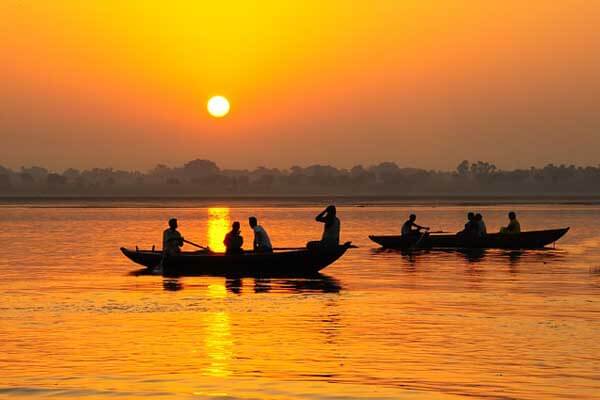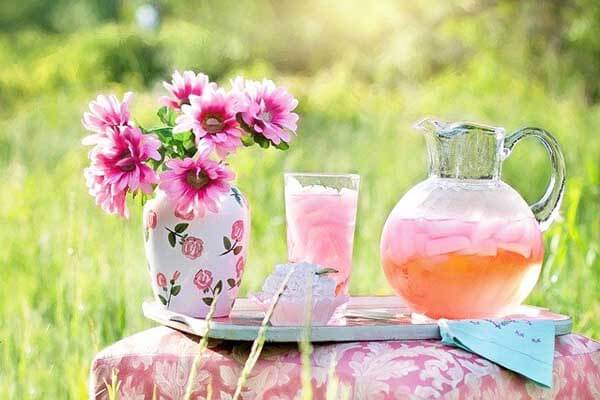India: Cultural Essay for students and children of all ages.
The essay on India’s Culture
India’s culture and art is extremely diverse. For thousands of years, it has evolved in the territory inhabited by many peoples, being influenced by different cultures. The oldest artifacts include prehistoric finds such as stone tools, pottery and cave paintings, mysterious stone structures (megaliths), and archaeological finds made in the Indus Valley, where a highly developed Harappan civilization existed between 2500 and 1500 B.C.
Ancient Indian temples (both Buddhist and Hindu) were built in stone or wood and set up in natural caves or carved into the monolithic rock. In the village of Sanchi (Central India), a complex of Buddhist temples of the 3rd-1st centuries B.C. was preserved. The most remarkable among them is the Great Stupa (“stupa” – a Buddhist memorial and burial structure), surrounded by a stone balustrade with four decorative arches, the beams and pillars of which are covered with rich carvings. In the village of Ajanta (Western India), there is a complex of temples carved in the rocks, built from the 2nd century B.C. to the 7th century A.D.
They are most famous for their amazing murals depicting scenes from the life of the Buddha. Elephanta Island (in the Bay of Bombay) is famous for its Hindu cave temple complex of the V-8th centuries, dedicated to Shiva and decorated with bas-reliefs and sculptures depicting him. Beginning in the 11th century, Islam spread in India, and the construction of magnificent mosques, minarets, tombs, and mausoleums, as well as magnificent residences and palaces, began. Beginning in the 16th century India was influenced by European culture and art; colonizers built new buildings modeled on European ones, and Christian churches were erected alongside Buddhist and Hindu temples and Muslim mosques.
The most widespread religion in India is Hinduism, one of the oldest (and most heterogeneous) religions in the world, which was formed in the 1st millennium BC based on even older religious cults and beliefs. Hinduism became the main religion of India in about the seventh century, and its influence on India’s culture has grown. Before that, a significant role had been played by Buddhism, which had spread under King Ashoka in the third century B.C.
At the end of the 10th century, the Muslims came to the lands of India. For centuries, Hinduism and Islam have existed in parallel and have had a very strong influence on one another. Although conflicts have occurred between their adherents, they have never degenerated into a war of religion.
The traditional Indian costumes are very diverse; every nation in this multinational country has its own attire. However, the most common clothing of Indian women remains a sari – a long (up to 6 meters) strip of fabric, specially wrapped around the body. In the street, the free end of the sari women wraps it around their head like a shawl. A popular men’s costume consists of straight white pants and a long white shirt. In rural areas, men still wear a loincloth, a dhoti.
Indian cuisine is also strikingly diverse; also, the menu of the inhabitants of India is strongly influenced by religion. In the northern regions, people eat more meat; in the east they prefer seafood; in the west of the country vegetarianism is widespread, and the dishes of South India are usually very spicy; they especially like rice. Besides that, Indian national cuisine is rich in spices and seasonings (not spicy necessarily). The most popular spices in India are cumin, coriander, mustard seeds, cardamom, black pepper, cinnamon, and cloves.
The capital of India, Delhi, was already known in ancient times as Indraprastha. In the XIII-XV centuries, the city was the capital of the Delhi Sultanate; beautiful mosques, mausoleums, and palaces have survived since then. The old part of Delhi is a bustling, lively and colorful center of petty trade and crafts. The administrative and industrial center of the city is located in New Delhi, an area that was developed by the British in the early 20th century.
Essay on the culture of India 2
Indian traditions evolved over many thousands of years. They were greatly influenced by the customs of the emperors, the culture of military invaders of Indian territories, and the peculiarities of religion – thus becoming and shaping the traditions of India that have survived to this day. The modern culture of the country is very diverse – every part of India has its own distinctive nuances. Nevertheless, the country has its own history, which unites the Indian states and territories.
In ancient India originated various religious trends – Buddhism, Jainism, Sikhism, which had a great influence on all the cultural customs. In no small measure, the peculiarities of Indian culture were influenced by Persians, Arabs, and Turks.
For a long time, the Indian state was prosperous. The production of carpets, silk and brocade fabrics, weapons, and embossed goods was widespread here. Also, the country had its own natural treasures – corals, pearls, gold, diamonds, and emeralds. The whole heritage of the country was formed under the influence of religion, which left an extensive trace on the culture of the state. The various branches of Indian art are one way or another, closely linked to religious philosophy.
Indian traditions are fully reflected in the architecture – many monuments of ancient India are a calling card for foreign travelers. Every year, religious shrines, Hindu temples, and monuments attract millions of tourists from all over the world. The real “pearls of the East” are the unique temple complexes, mosques, and palaces of India.
Indian dance and music originated in the ancient Hindu temples. They are a true story, able to convey all the nuances of tradition and reveal their meaning. The cuisine of the country also has its own characteristics, which were formed under the influence of different religions. In the north of the country are mostly Muslim nationalities who eat meat. In the south of the country are Indians who prefer vegetarian dishes.
The country’s national holidays are a good reflection of all the nuances of Indian culture. Luxurious festivals are dedicated to various gods and agriculture. Also, the country celebrates National Independence Day and Republic Day. Especially fascinating the people of India celebrate Holi. During this holiday, the local population pours water on each other, in which paints are added and sprinkled with colored powders.
In August there is a festival celebrating the birth of the god Krishna, and in the fall there is Ram Leela, which is held in honor of the god Rama. Also during the fall months, Hindus celebrate Diwali, the festival of lights.
We hope you enjoyed our essay on the culture of India. You could share an essay on the culture of India on social media with your friends.


